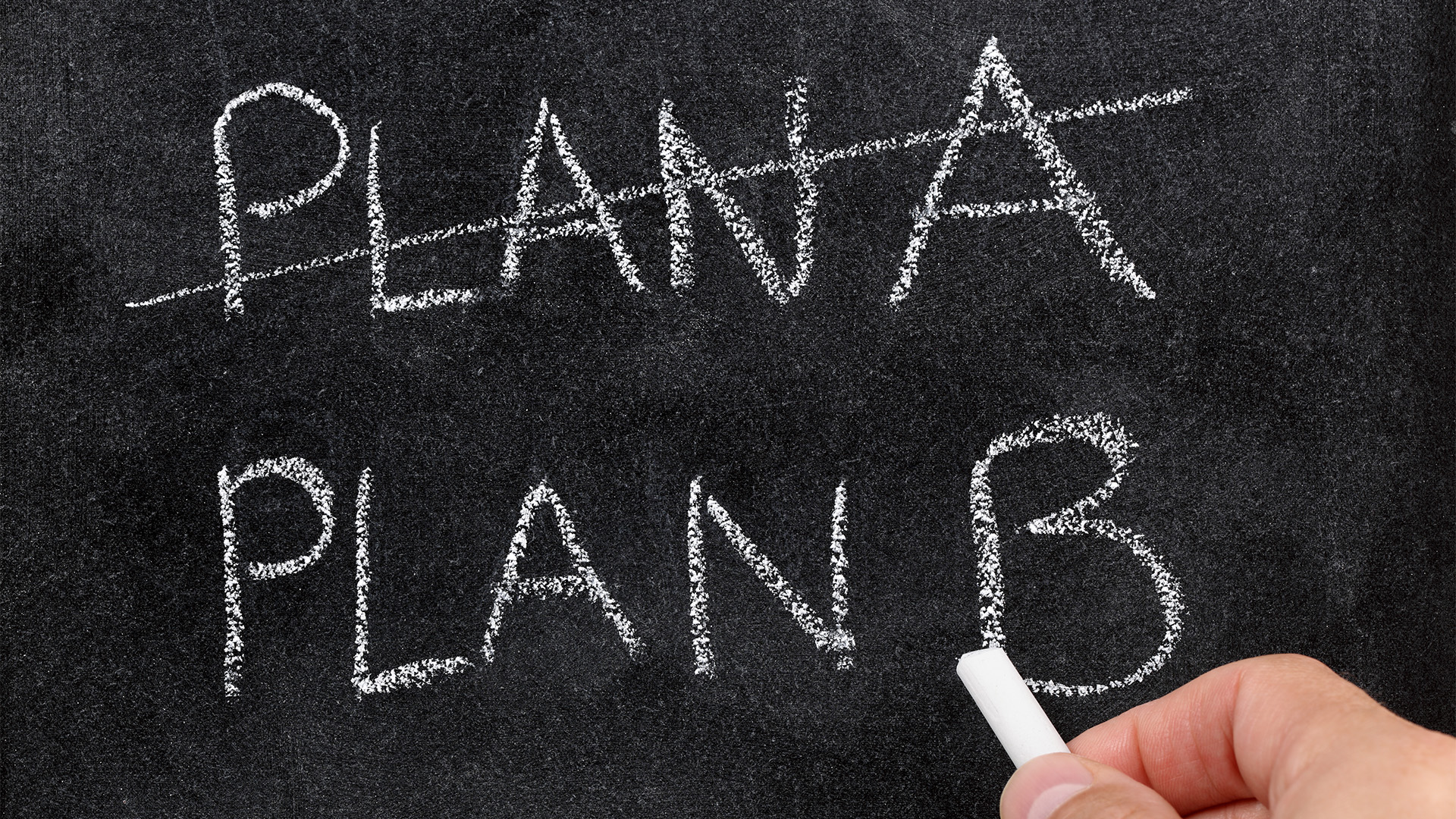On the face of it the August trade data from China suggests the economy has had another bad month, raising further concerns about the impact of demand, growth and commodity producing economies like Australia.
But it wasn’t the full picture, even though the raw data wasn’t very good, as volumes dropped across the board for commodities such as iron ore, coal, oil and soybeans, while copper shipments were flat.
August imports, in yuan terms, fell 14.3% year-on-year, versus a fall of 8.6% in July. This is the 10th consecutive decline and the worst result since May, calling into question hopes for a third quarter rebound.
Exports improved somewhat: they were down 6.1% from August 2014, against an 8.9% slide in July – but that was scant comfort.
The news however didn’t worry investors with the Shanghai market up 2.9% on the day.
With imports decelerating, the trade surplus expanded nearly 40% from July to 368 billion yuan ($US57.8 billion), just below the 370 billion yuan record in February.
But in US dollar terms China’s exports fell 5.5% in August from a year ago, while imports slid 13.8%.
.png)
Total exports last month reached $US196.8 billion while imports were $US136.6 billion, leaving a trade surplus of $US60.2 billion.
.png)
Overall, China’s foreign trade in August dropped 9.7% in the eight months to August to $US320.8 billion, a steeper decline than the 8.8% drop in July.
But take a look at what happened in August 2014, and you will see the picture changes somewhat because August a year ago was a very good month for China’s trade – its trade surplus was a record (up till then) of a massive $US49.8 billion. That was up from the previous record in July, 2014 of $US47.3 billion.
Exports rose on the back of increased shipments to the US and Europe, while imports fell for a second month as a property slump hurt domestic demand and the first impact of the gathering slide in oil prices (which started in June 2014) started appearing in China’s trade account. Iron ore prices were also weaker as well.
Exports in fact jumped 9.4% from August 2013, while imports unexpectedly dropped 2.4%.
Growth in exports to the European Union and Japan slowed in August to 7.5% and 5.9% respectively, from 12.3% and 13% in July. August exports to the US, meanwhile, fell 1% year-on-year, compared to 1.4% in July.
And, analysts at Capital Economics said the trade figures would been stronger in August had it not been for temporary disruptions to industrial activity as a result of the Tianjin warehouse blast and the widespread closures in and around Beijing ahead of last week’s World War Two Victory Parade.
But the volume of key imports – iron ore, coal, copper, soybeans and oil all fell or were static in August, hinting at less than robust growth from the country’s huge manufacturing base and other industries.
That suggests demand remains weak at all levels in the economy.
China said Monday that its foreign exchange reserves fell by a record $US93.9 billion in August from July, the largest-ever decline in dollar terms, as the central bank intervened in an effort to prop up the yuan after the devaluation. They totalled $US3.55 trillion at the end of August, down from just on $US4 trillion in June, 2014.
Capital Economics estimates that about $US130 billion worth of funds left China in August compared with its estimate of $US75 billion in outflows in July. With a record surplus of $US60 billion in August, the real amount to have left China could be closer to $US200 billion.
And China Monday cut its 2014 growth rate to 7.3% from 7.4% due to a weaker contribution from the service sector than originally reported. That was well below the official target of ‘about 7.5%’.













